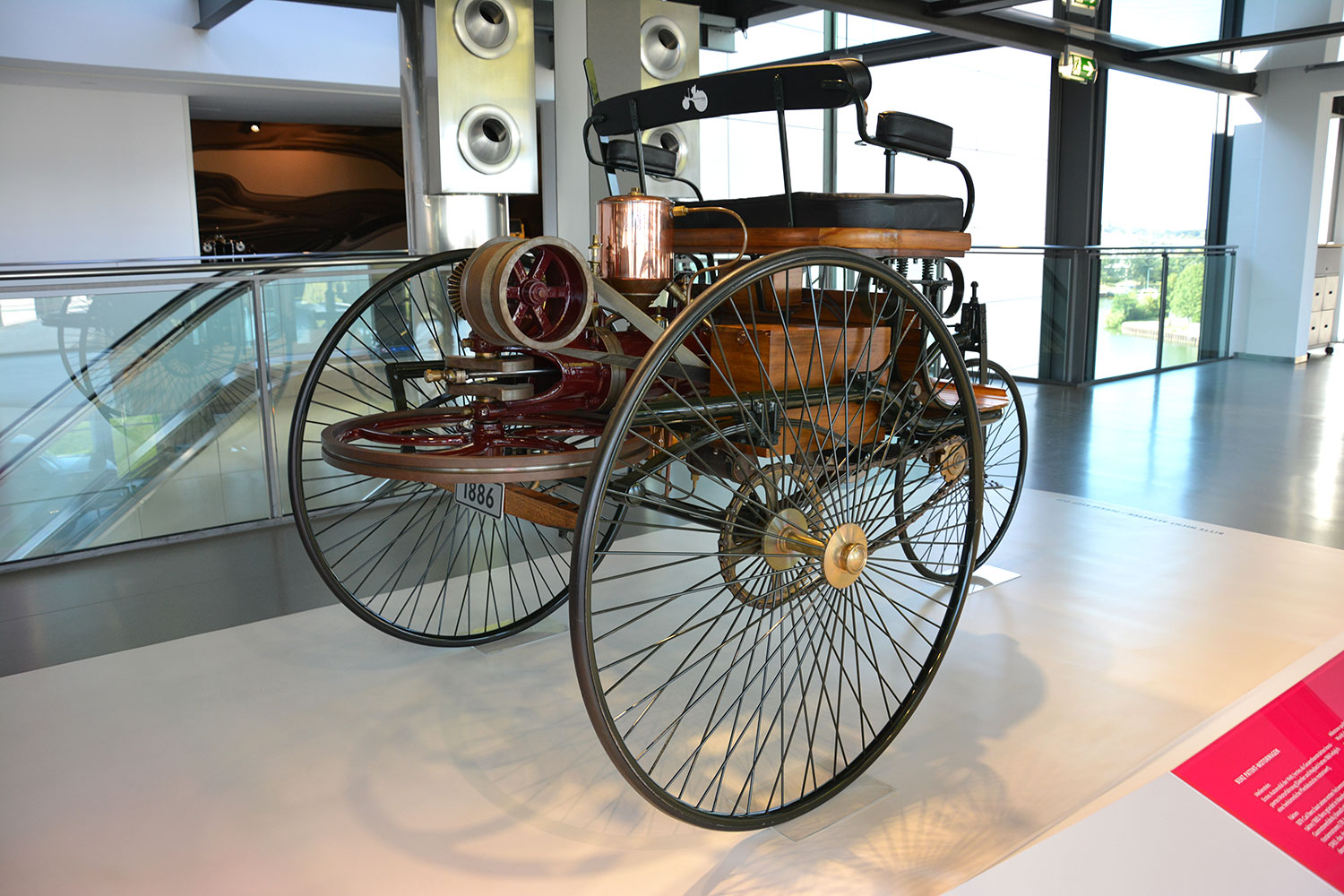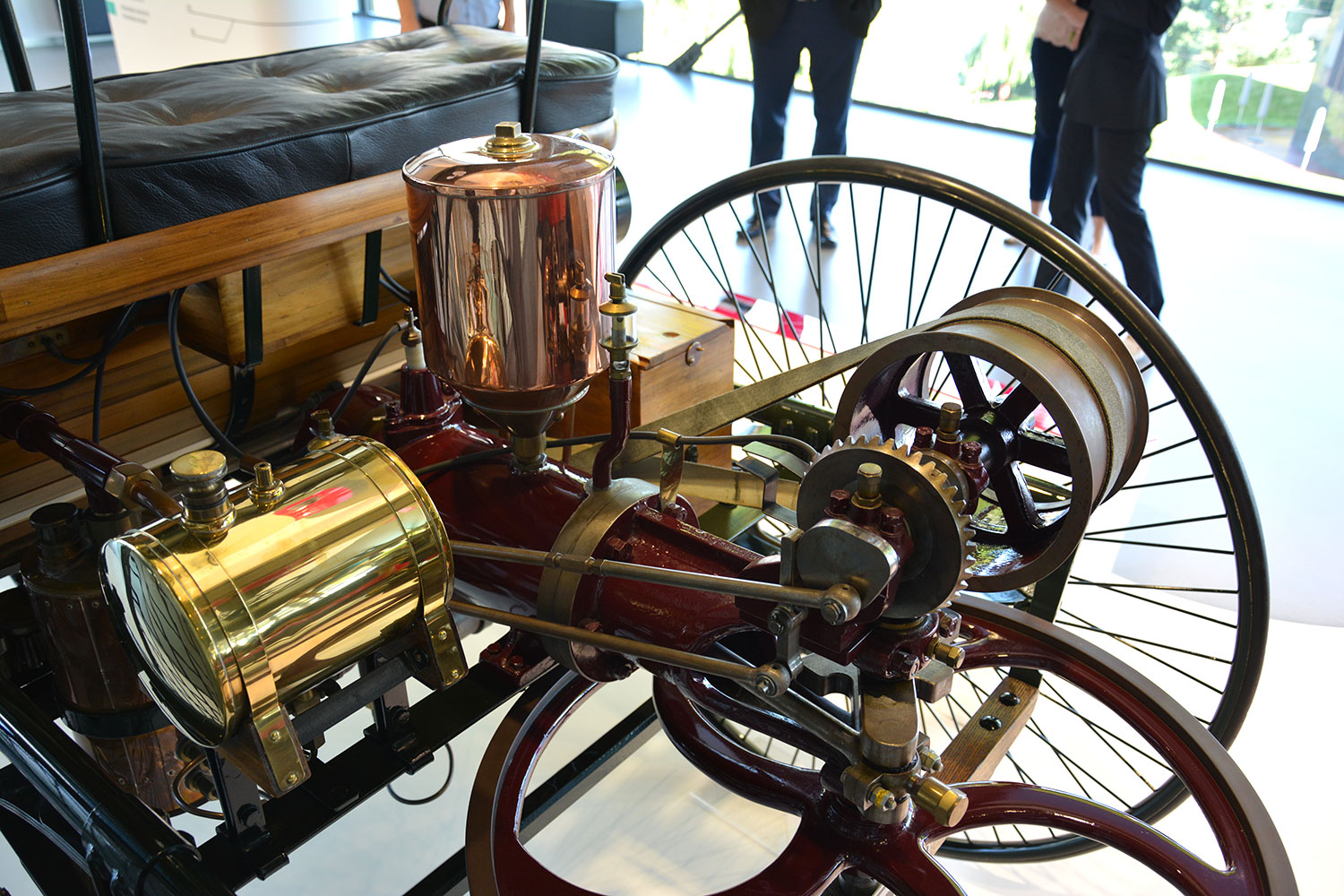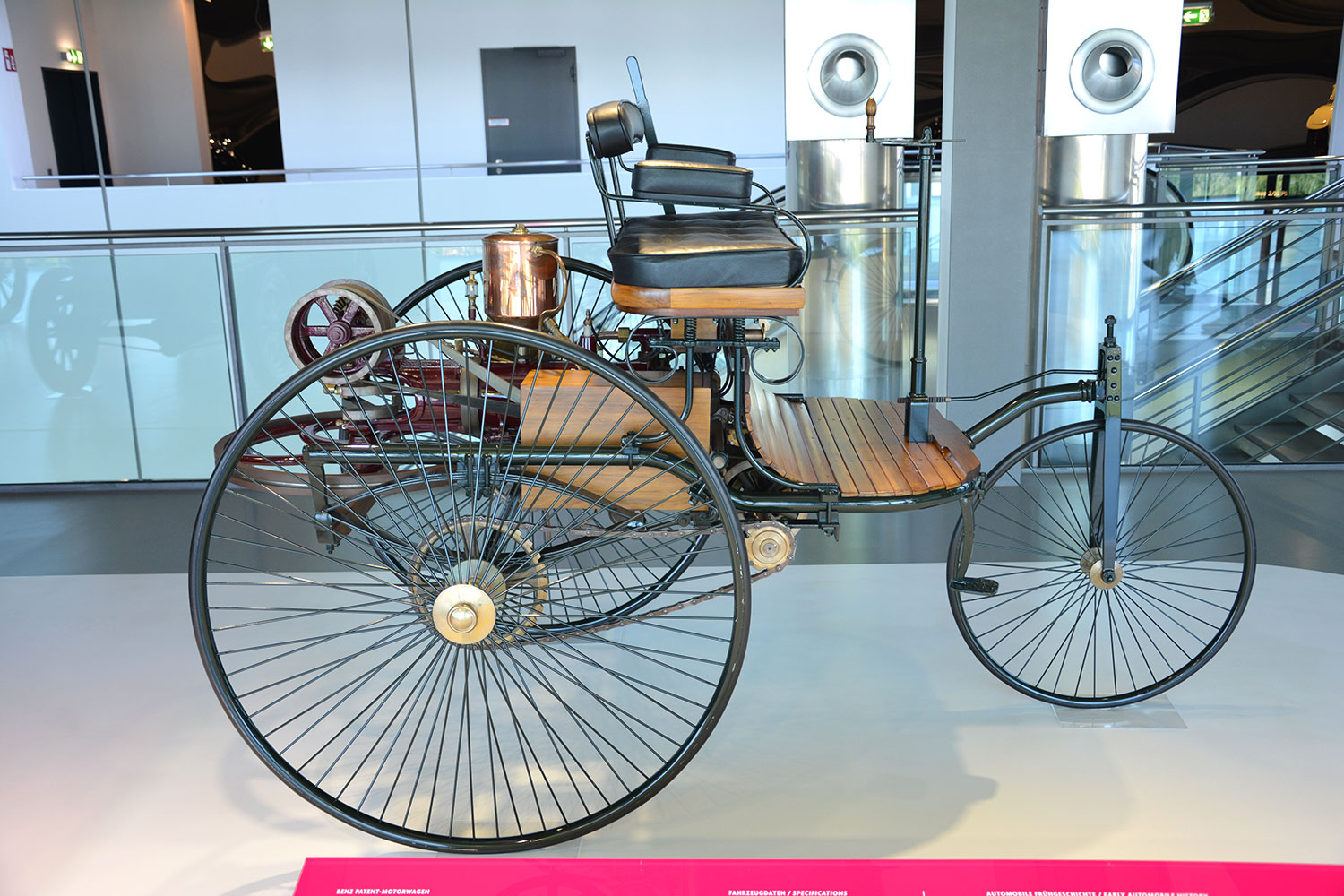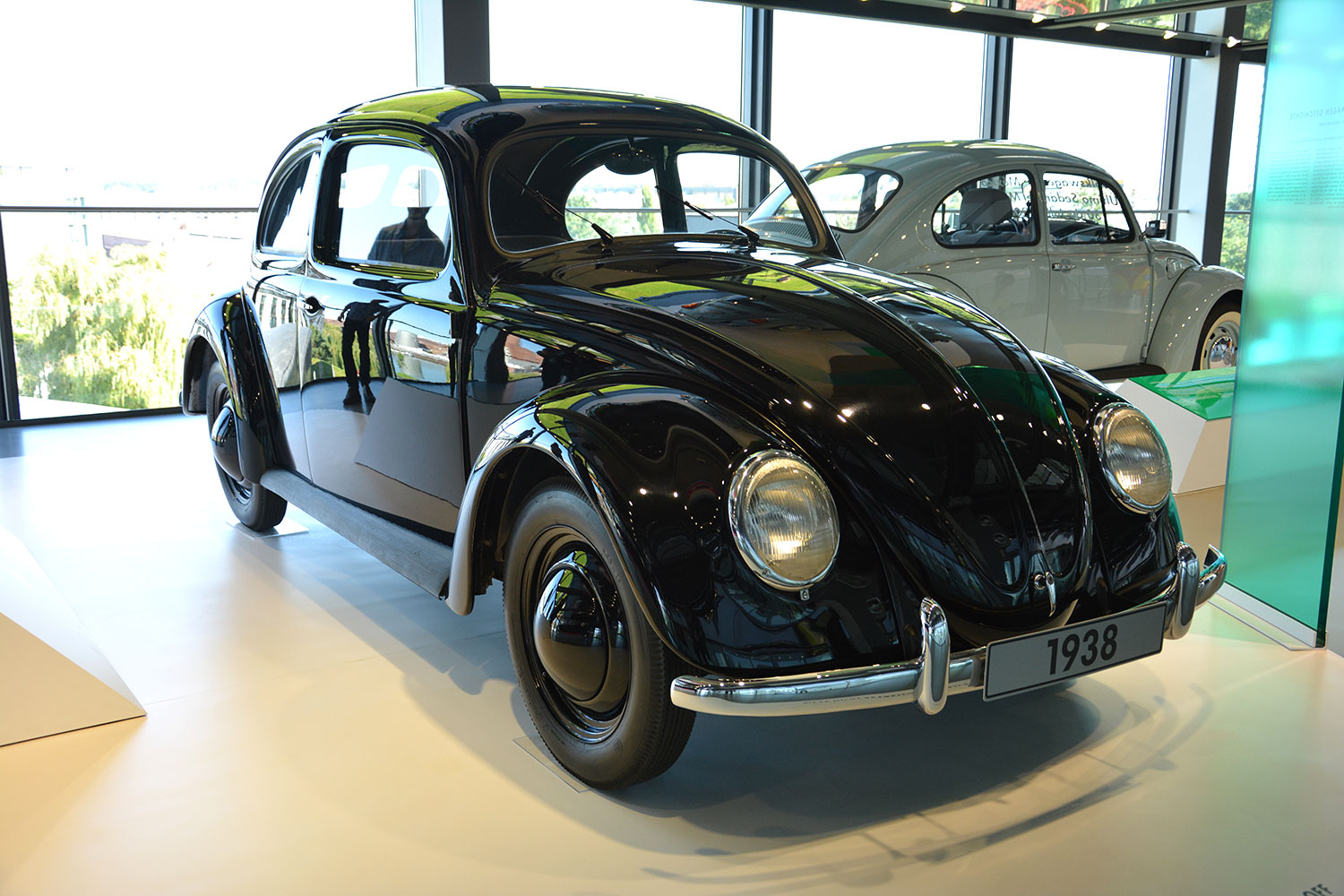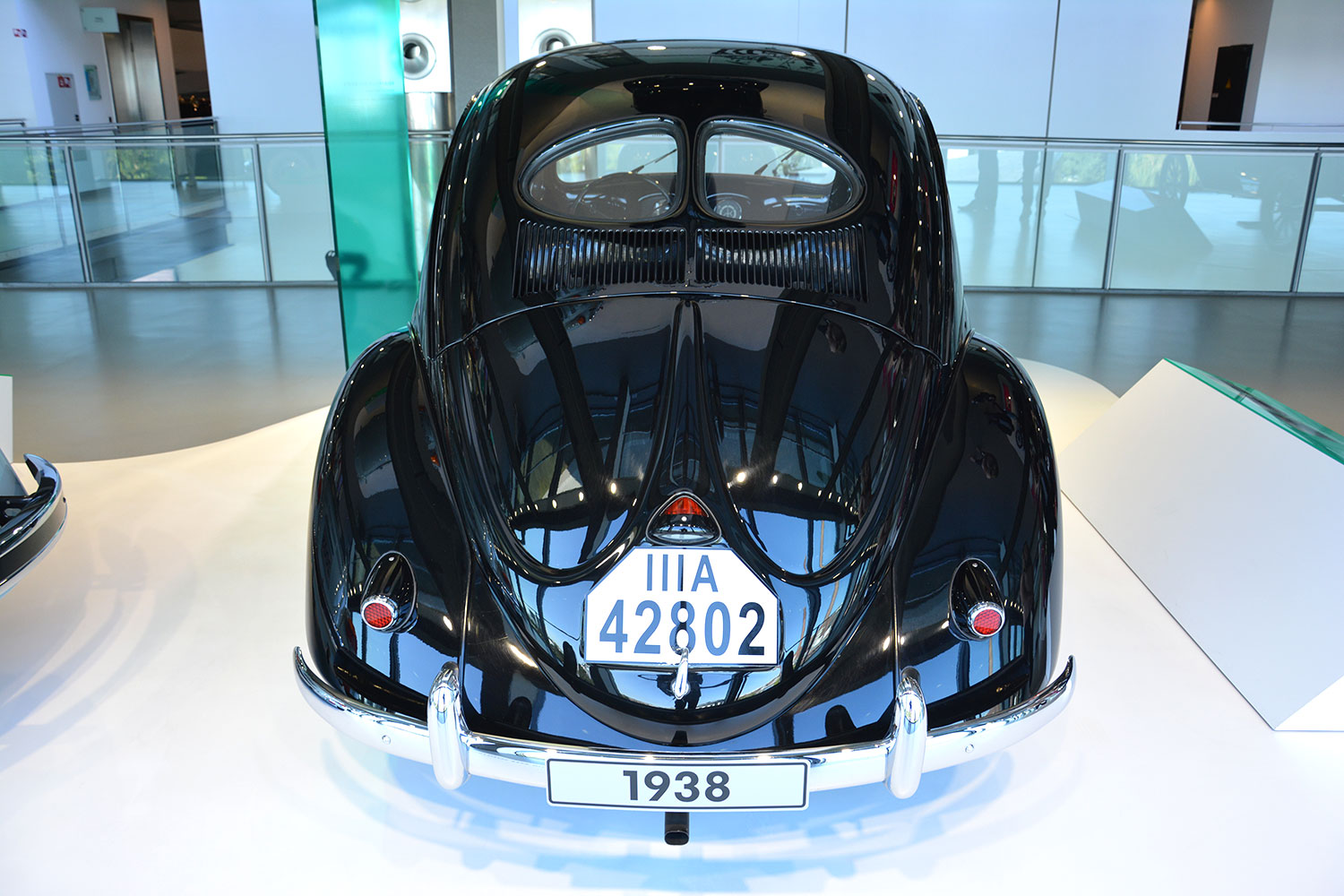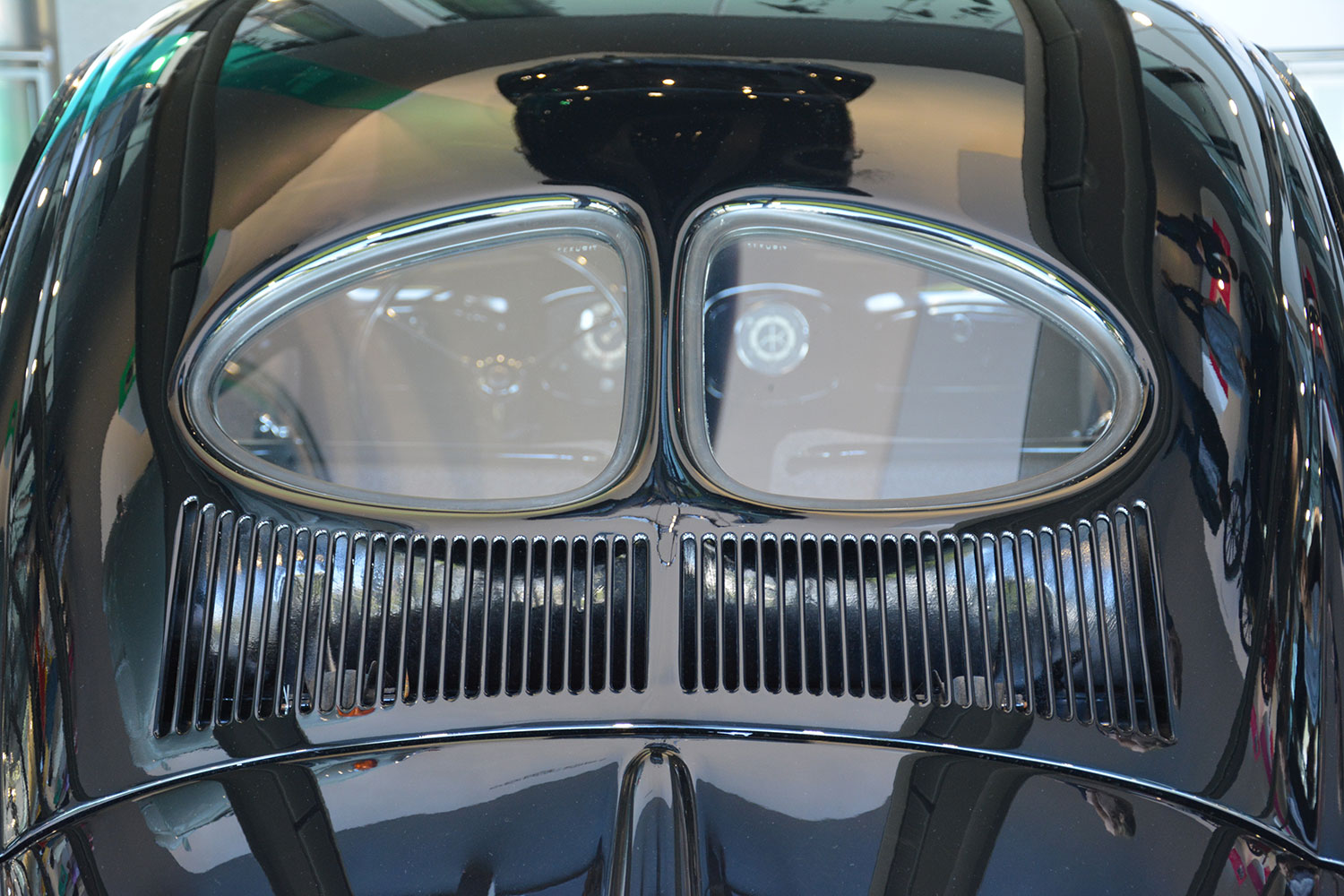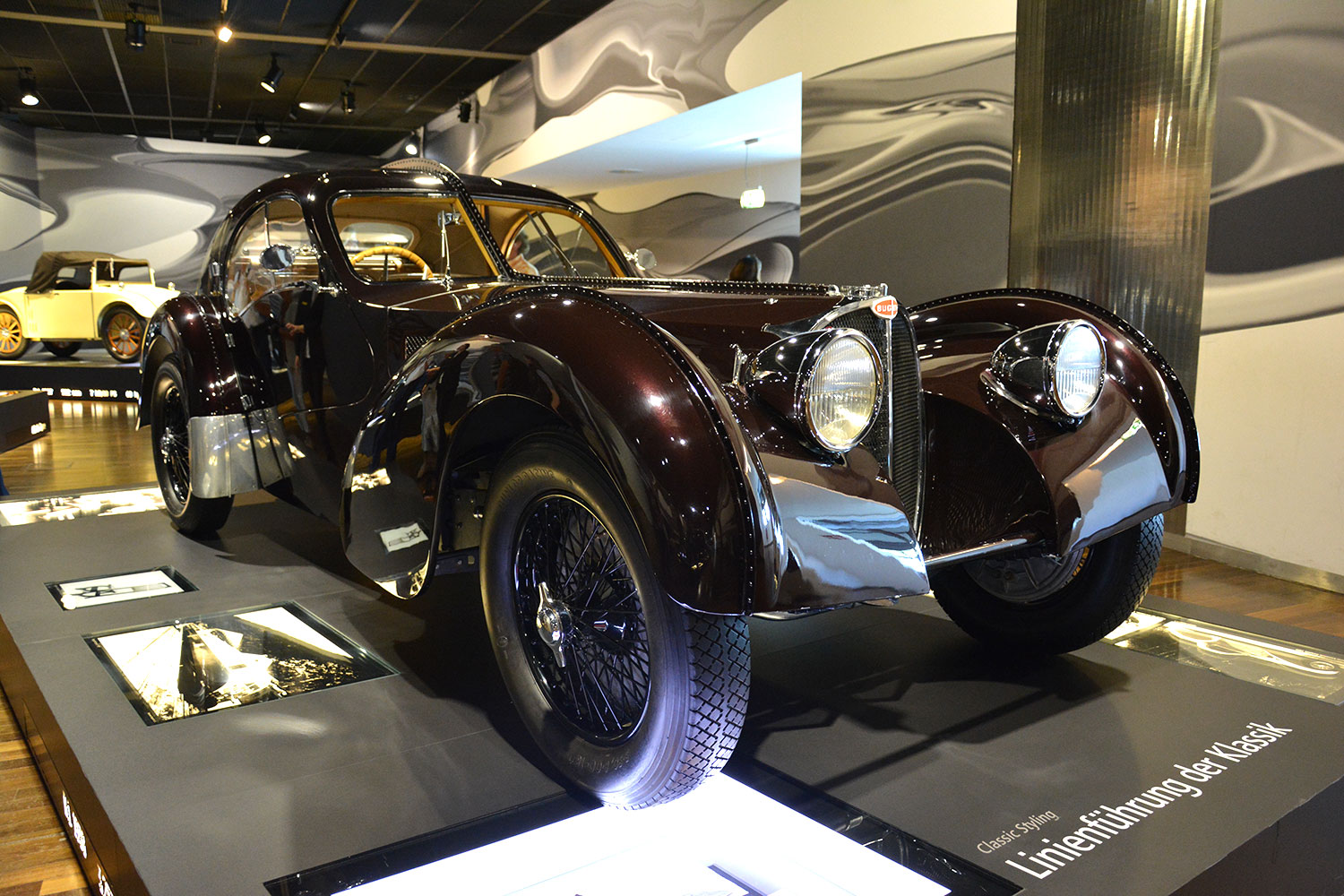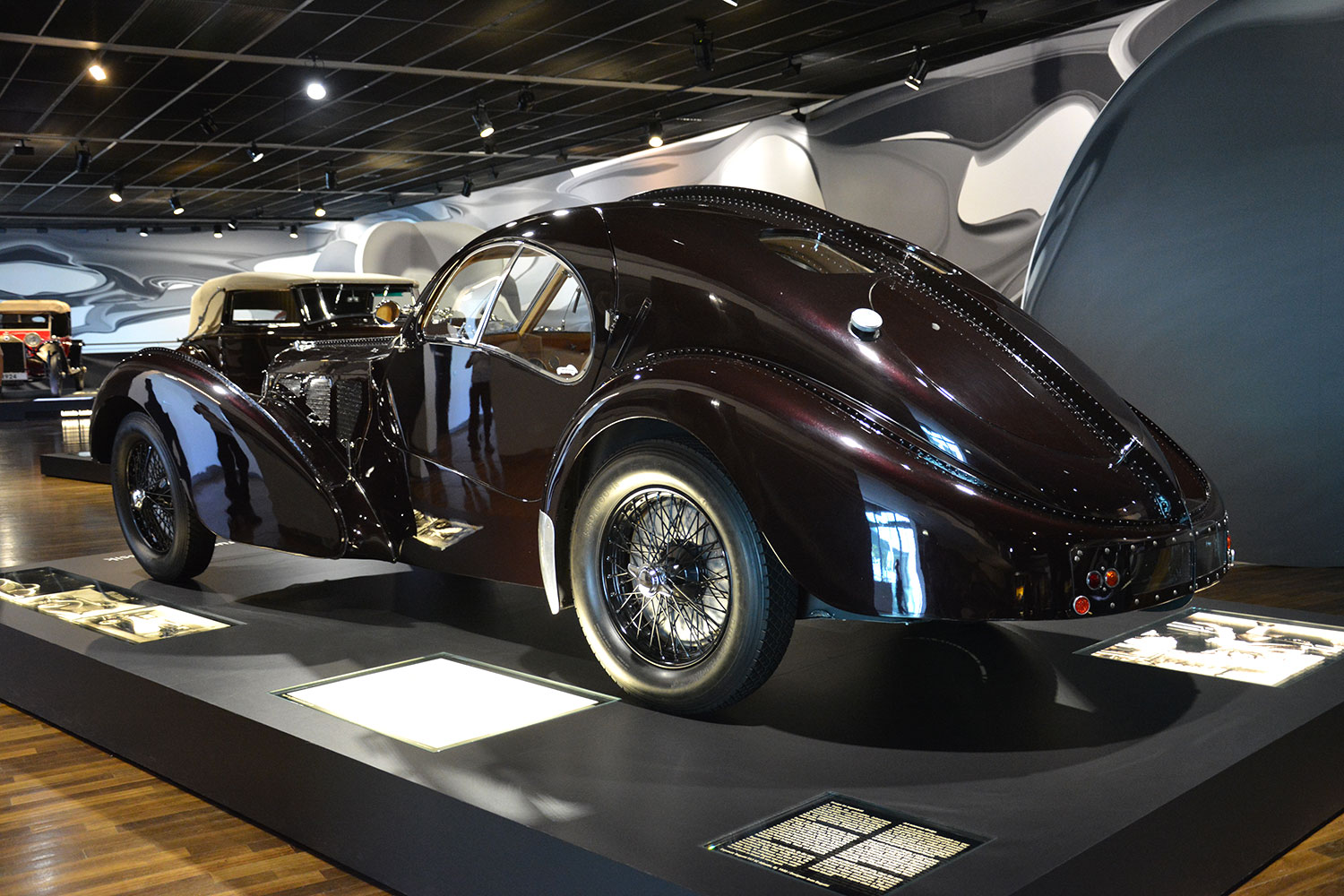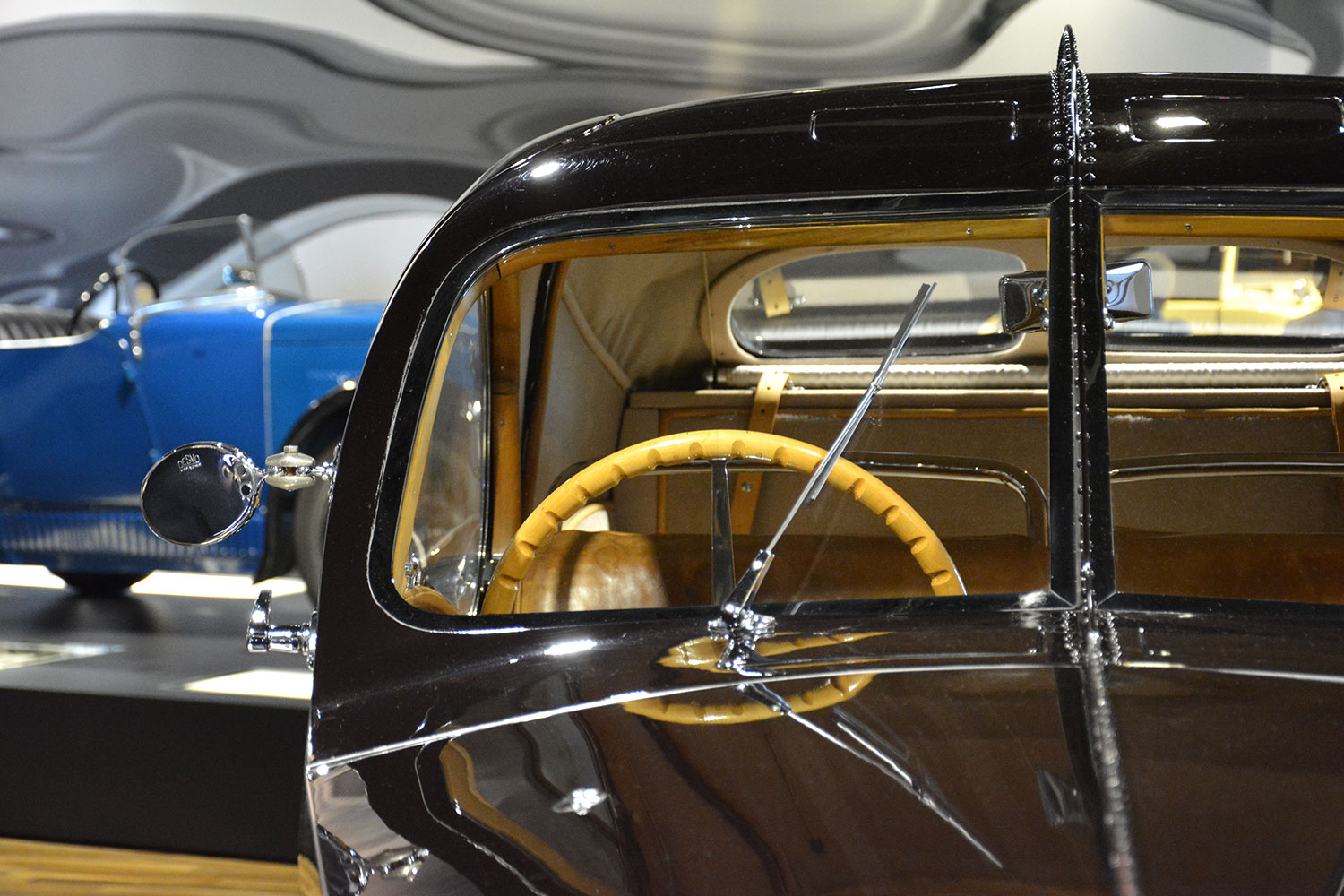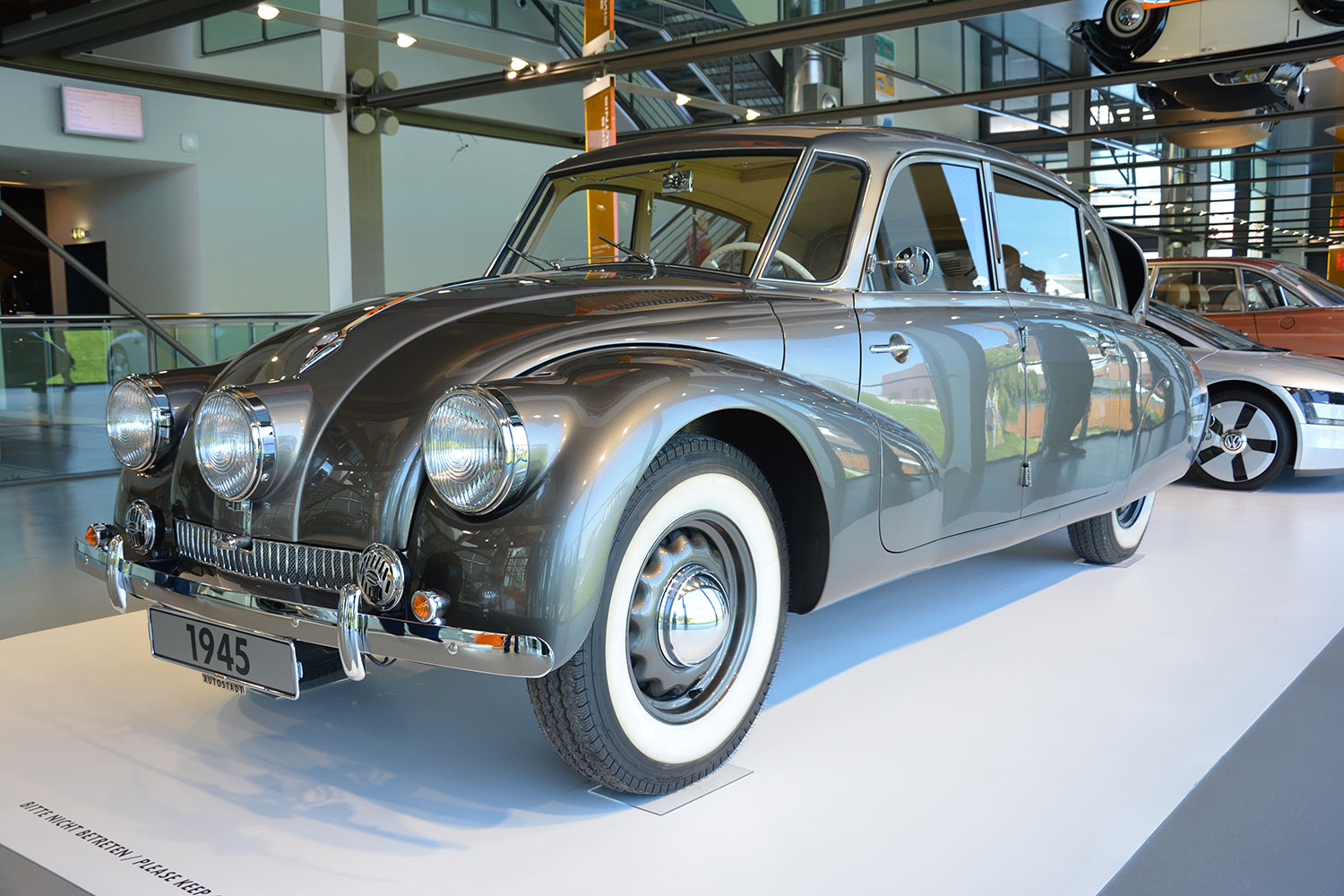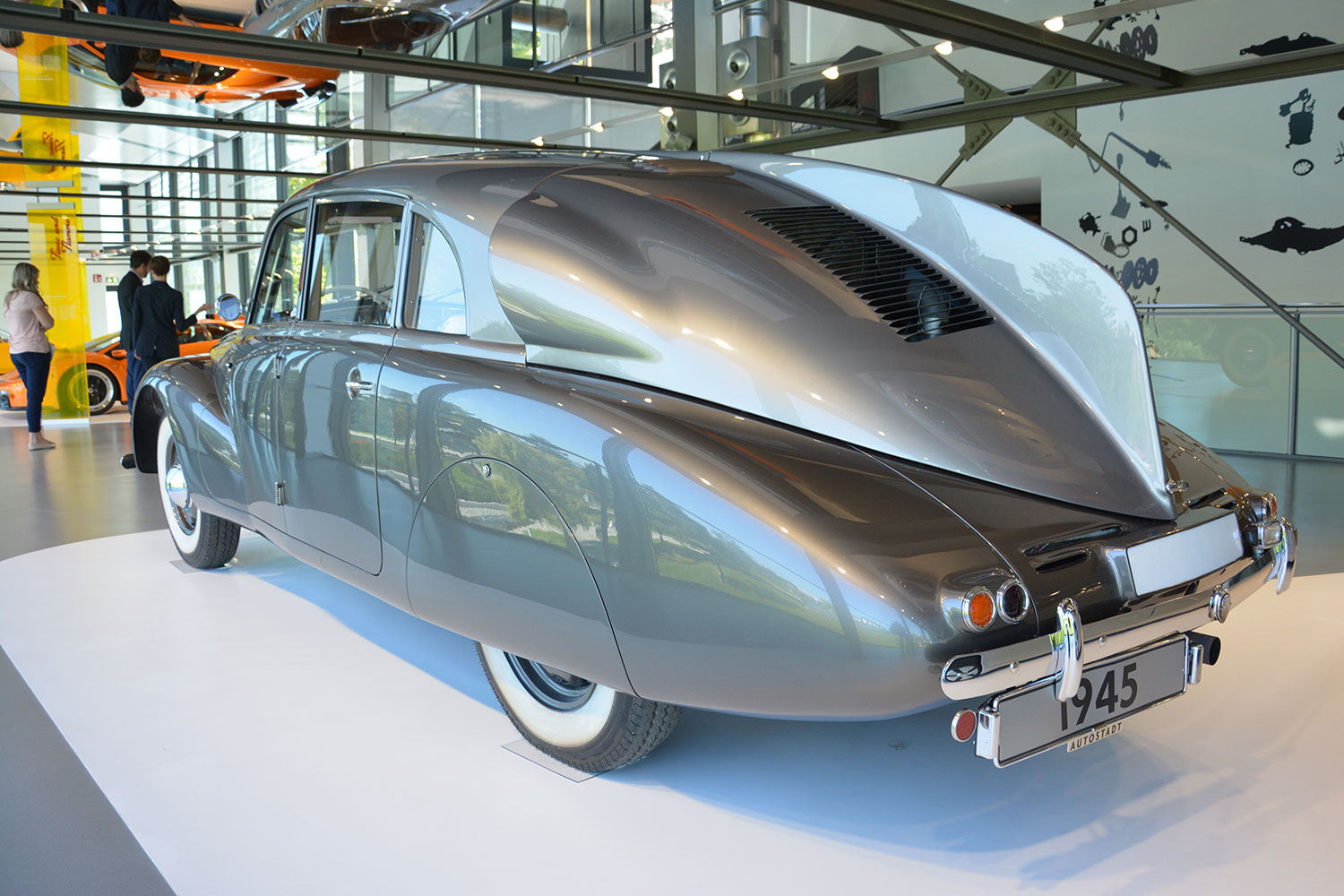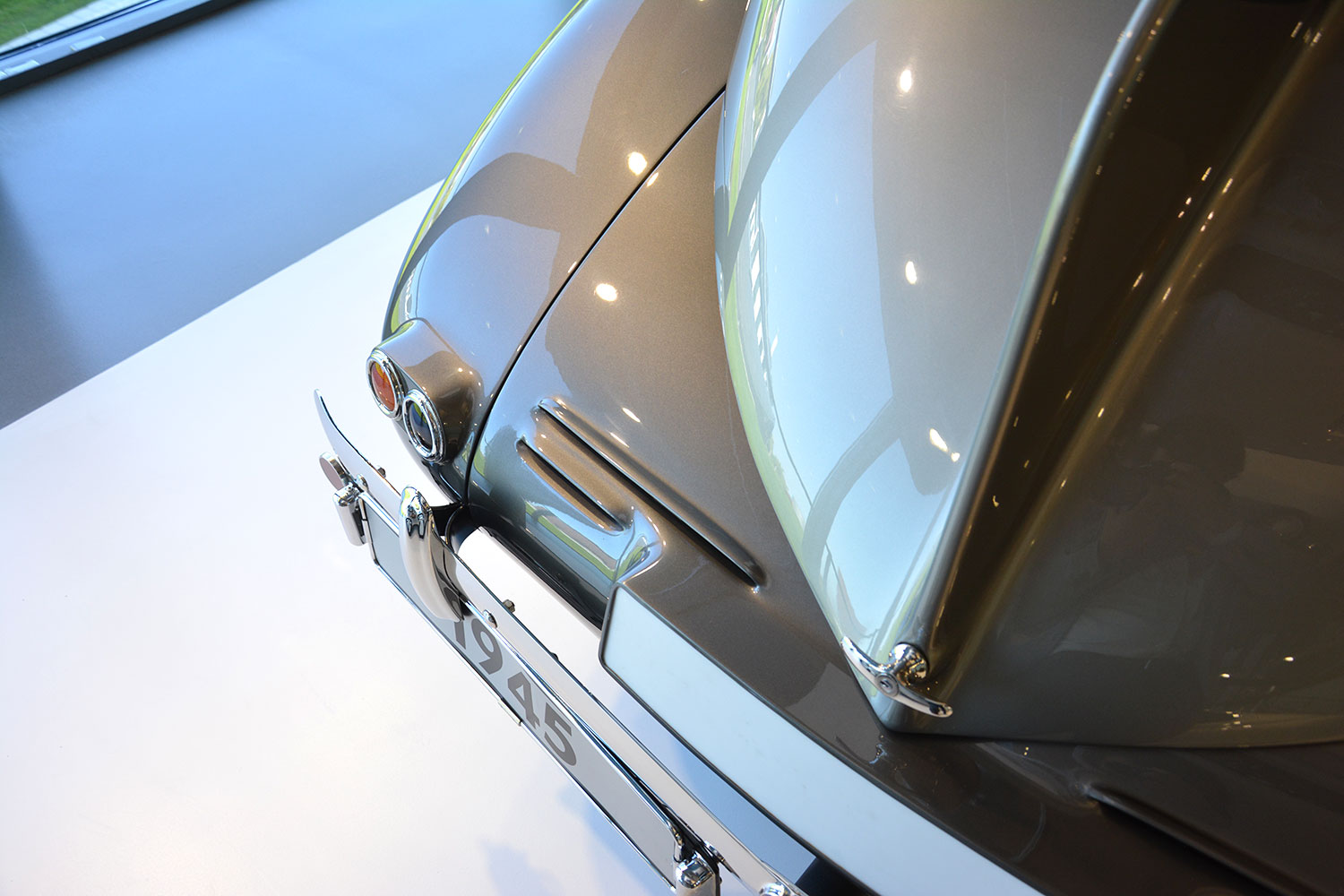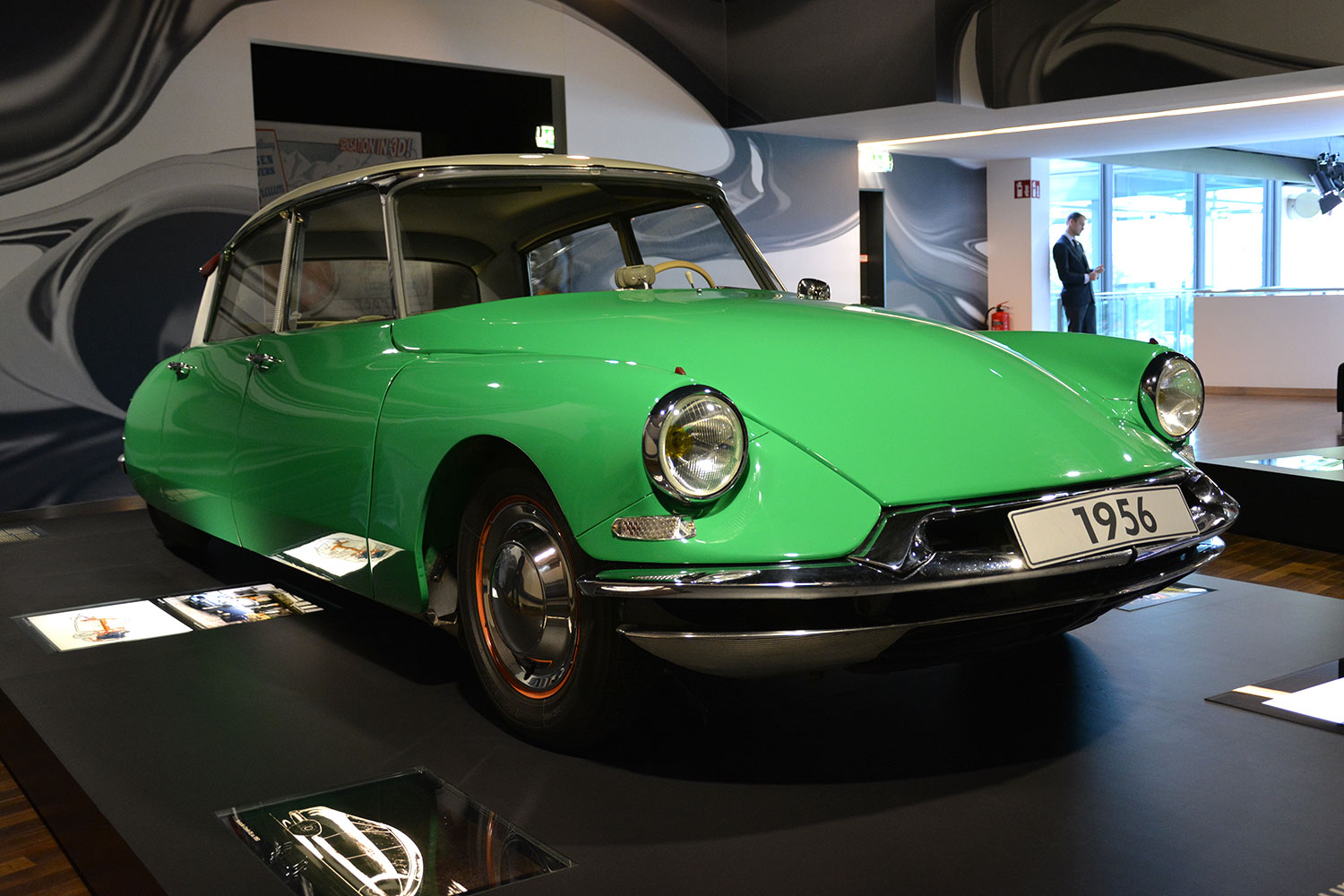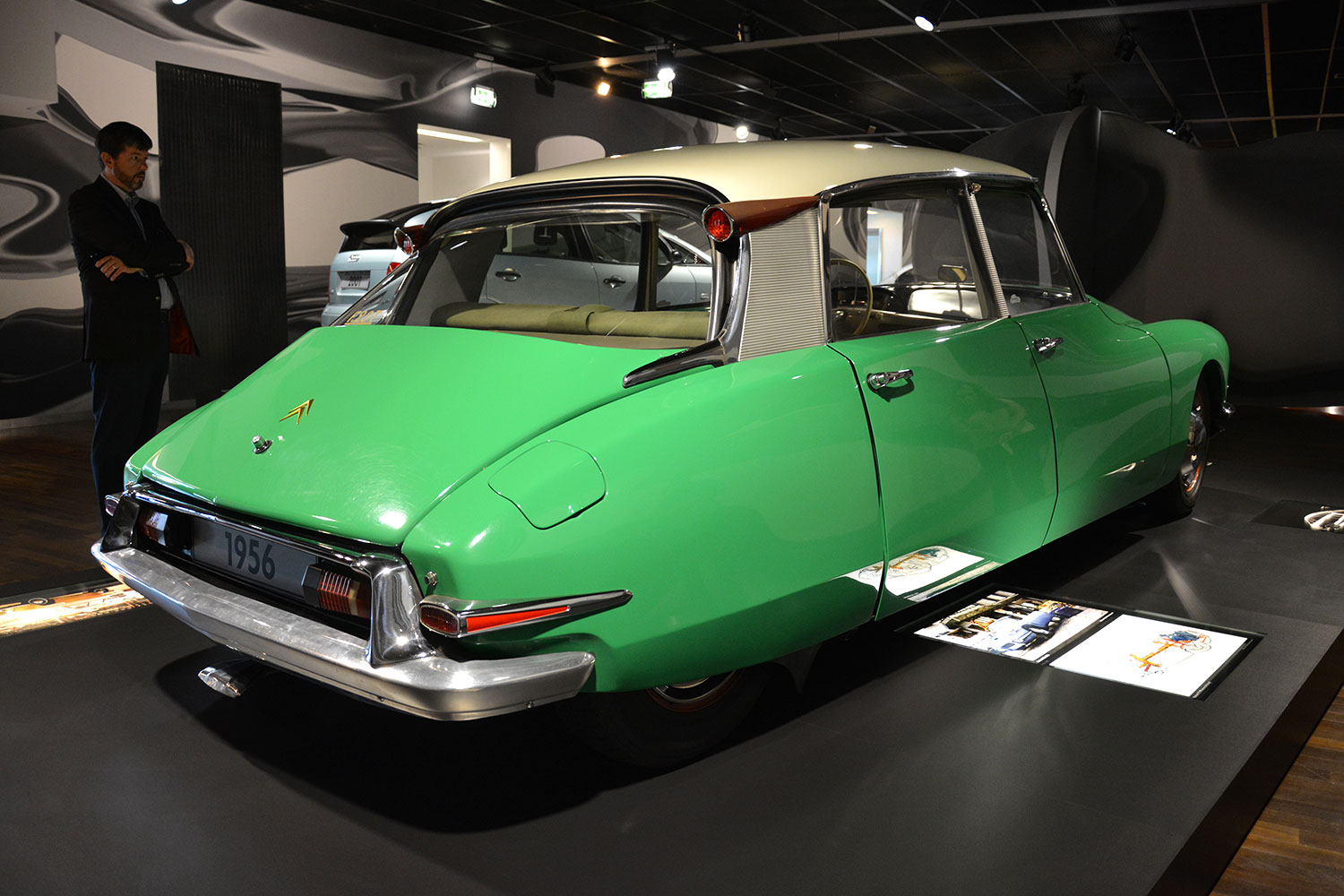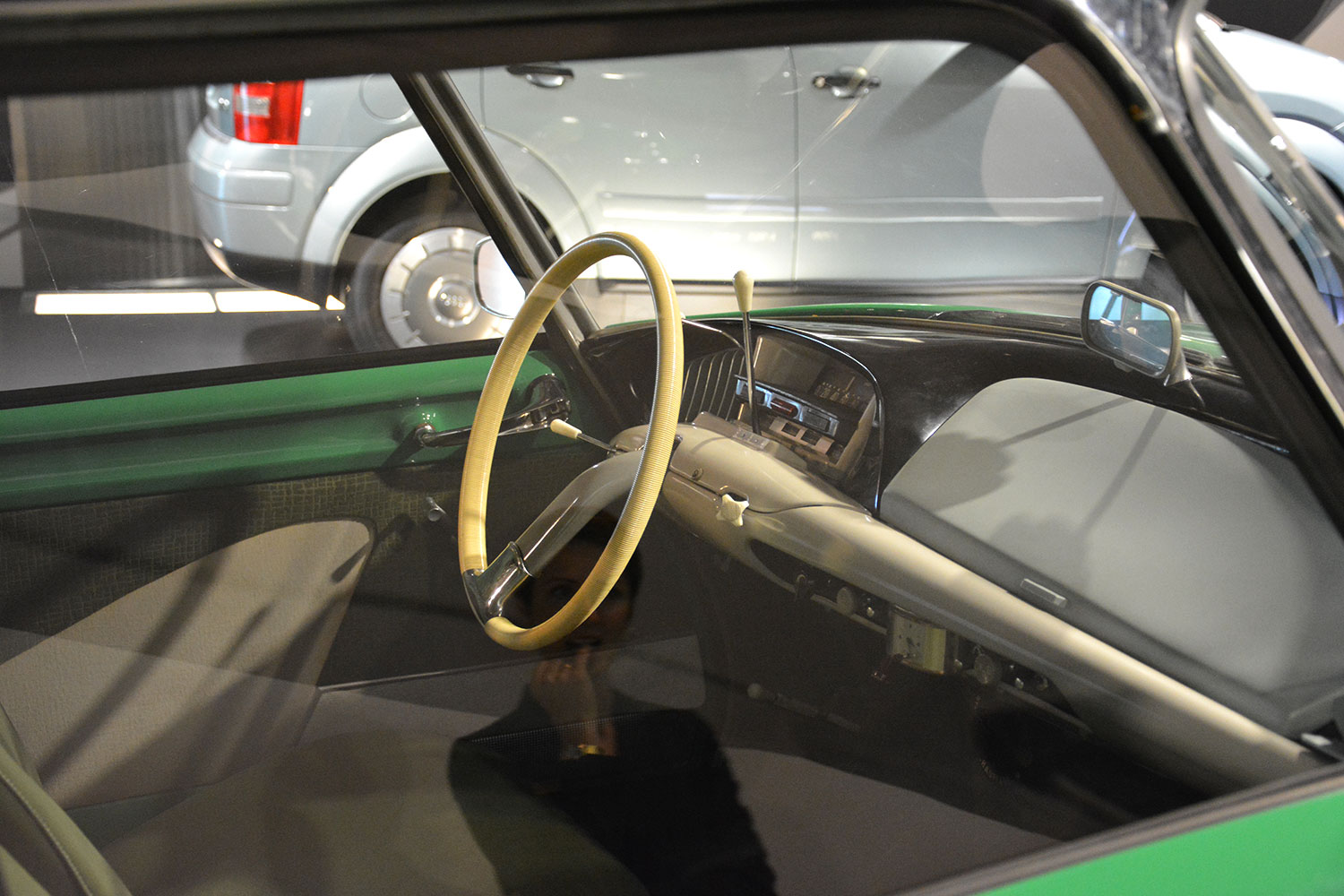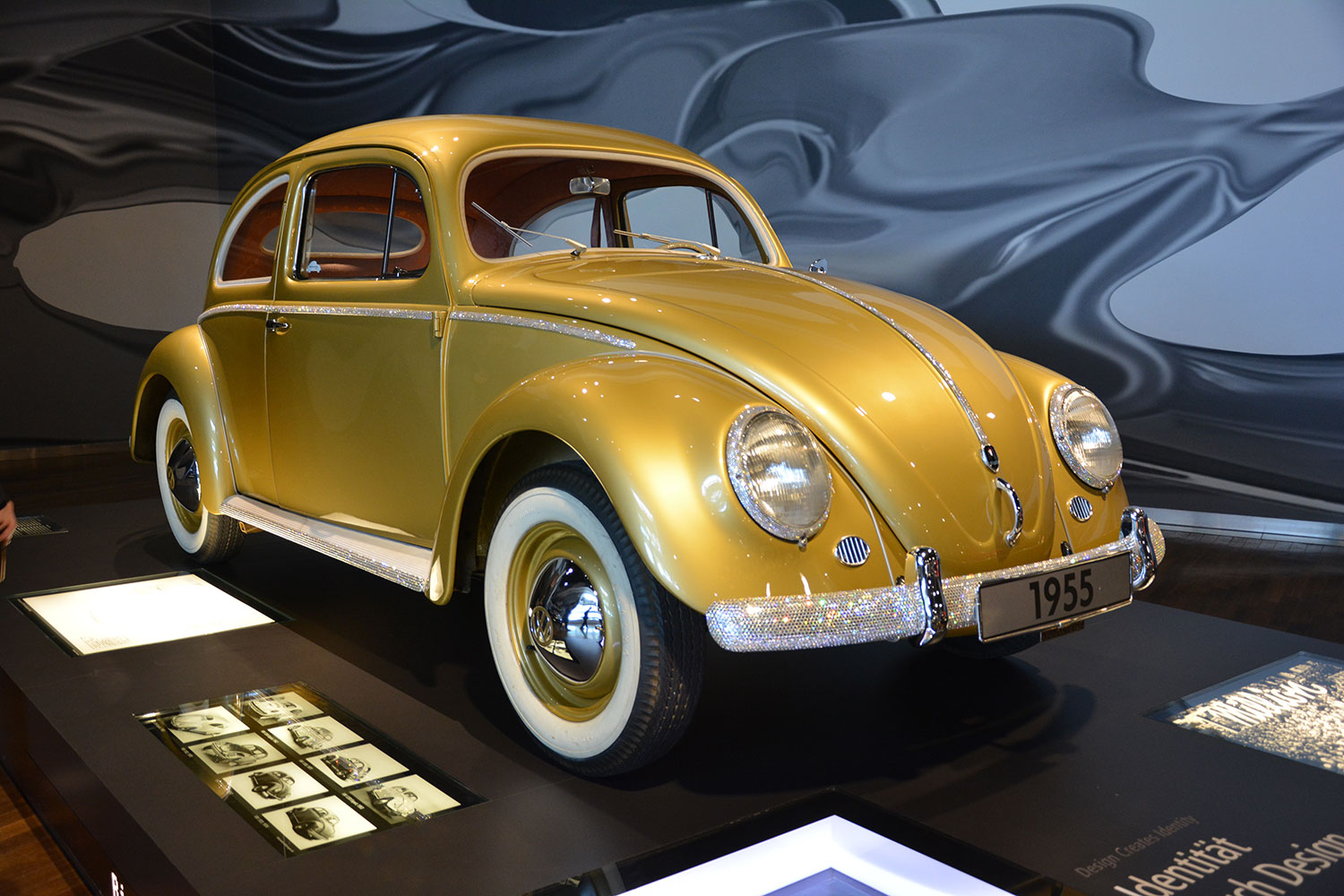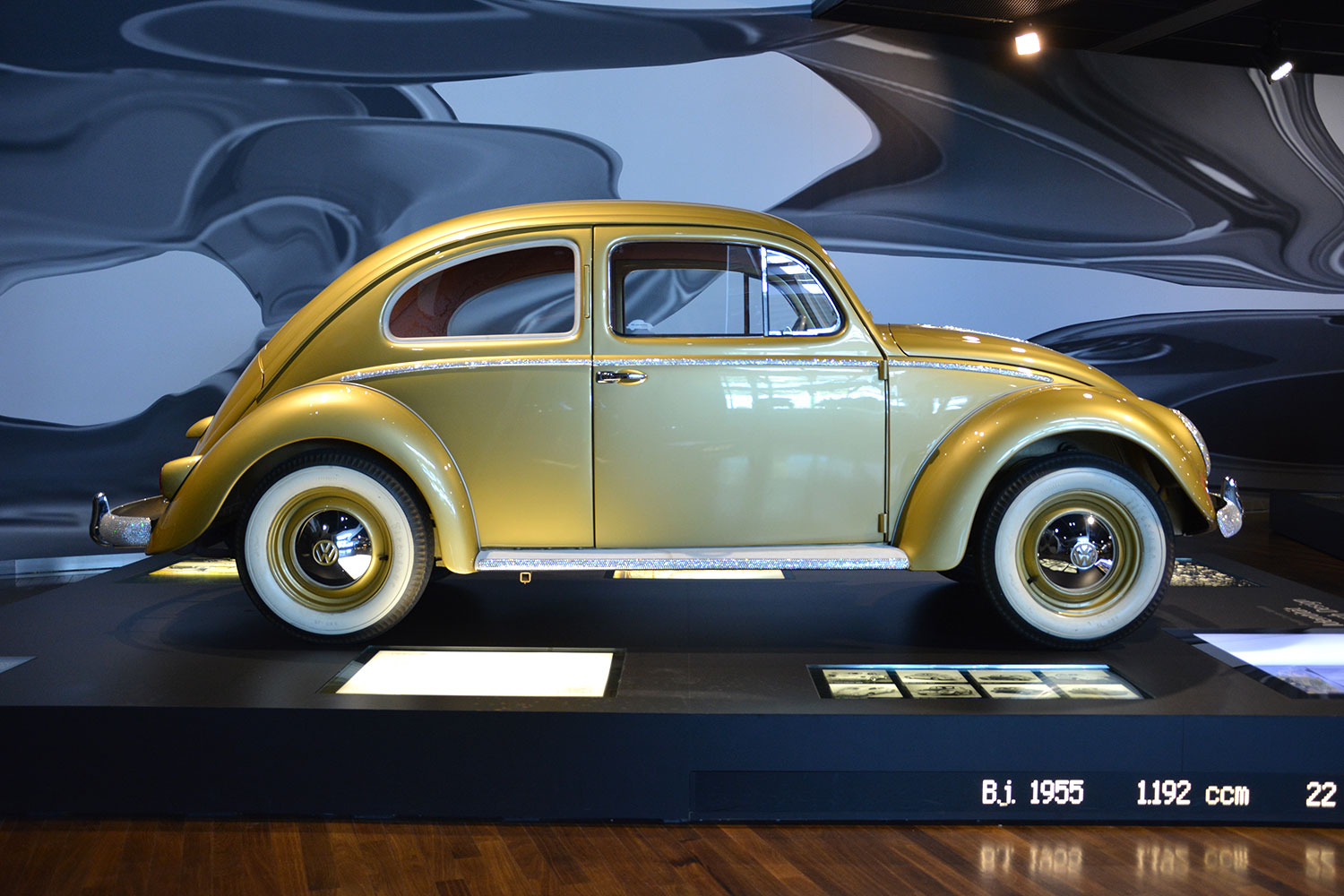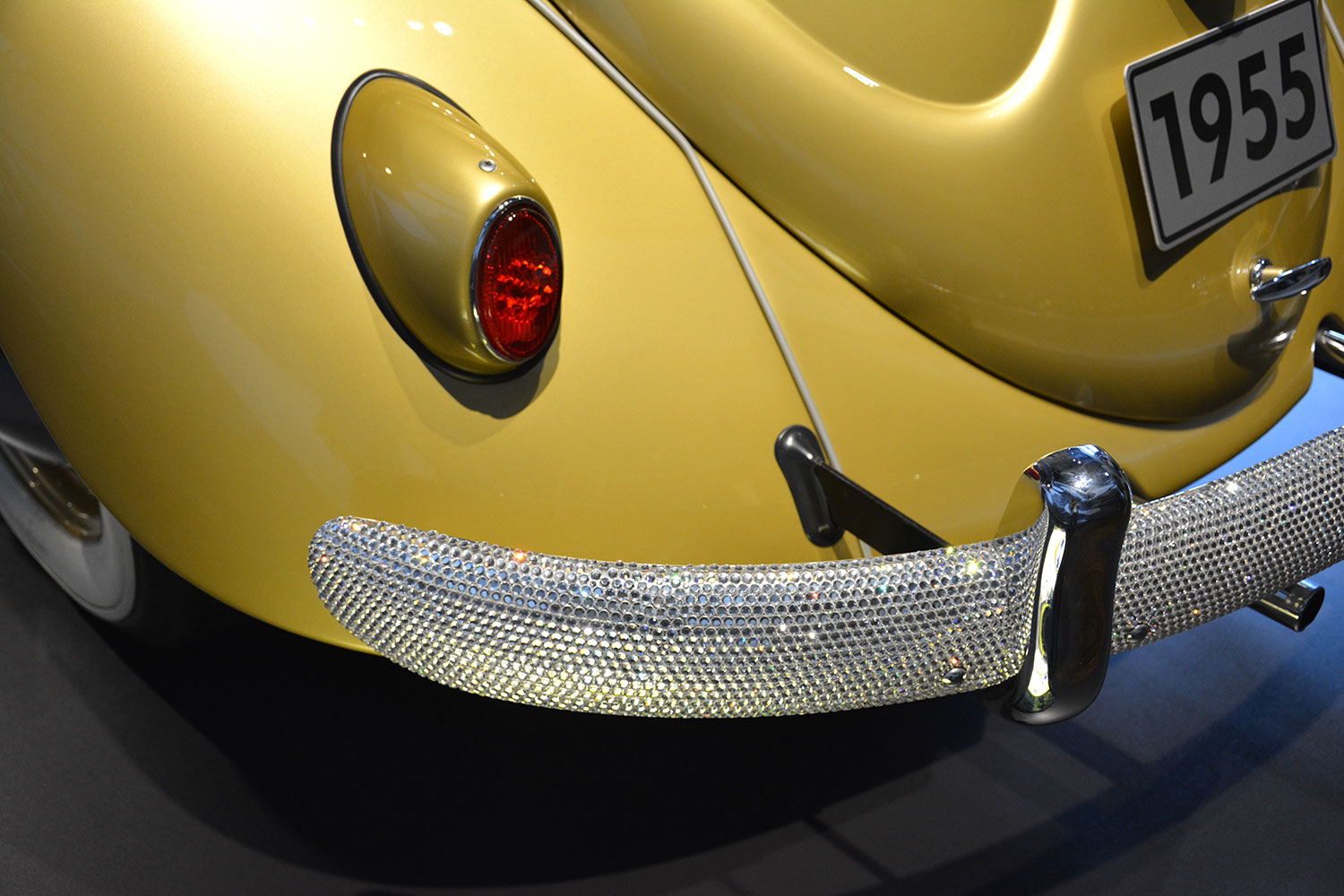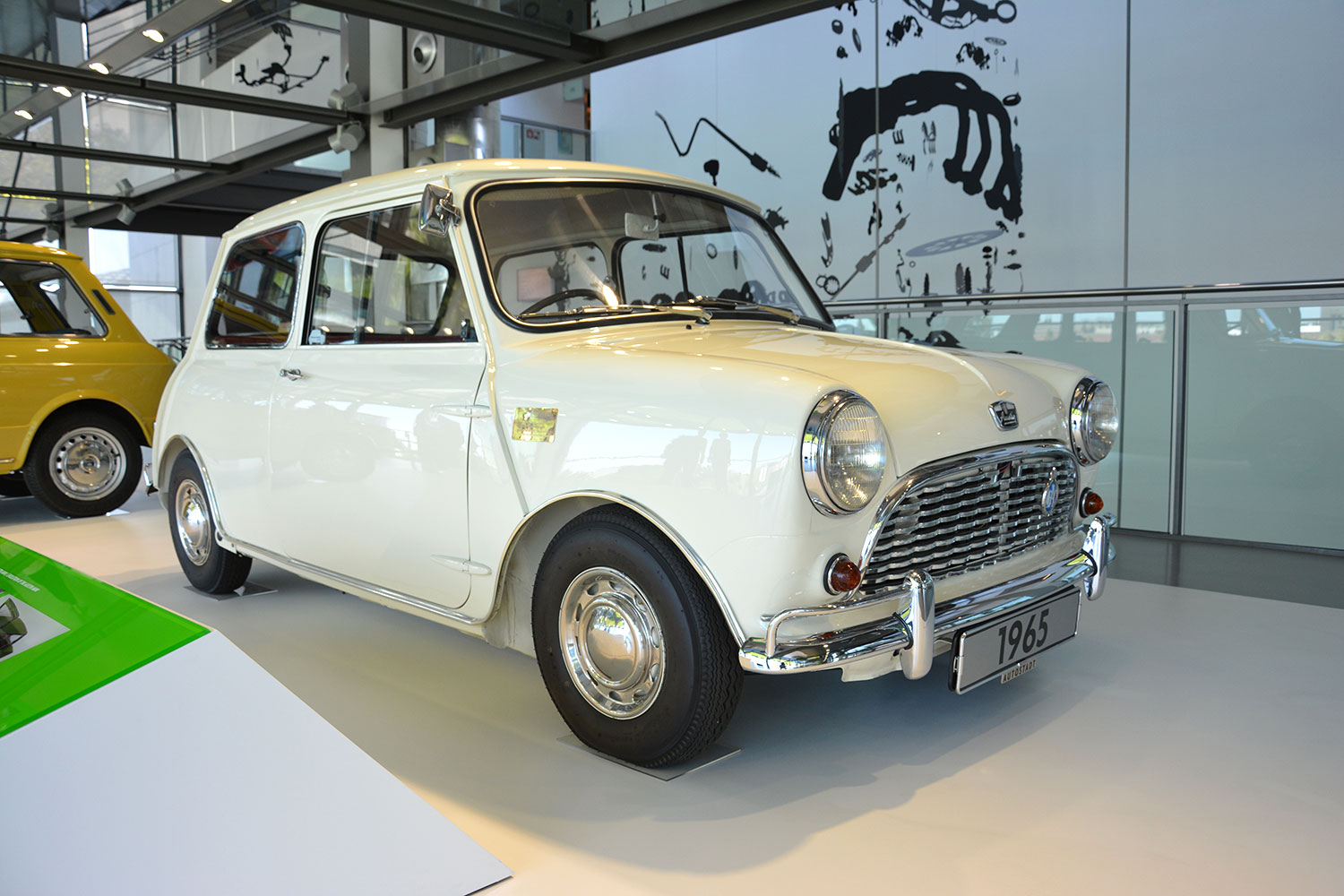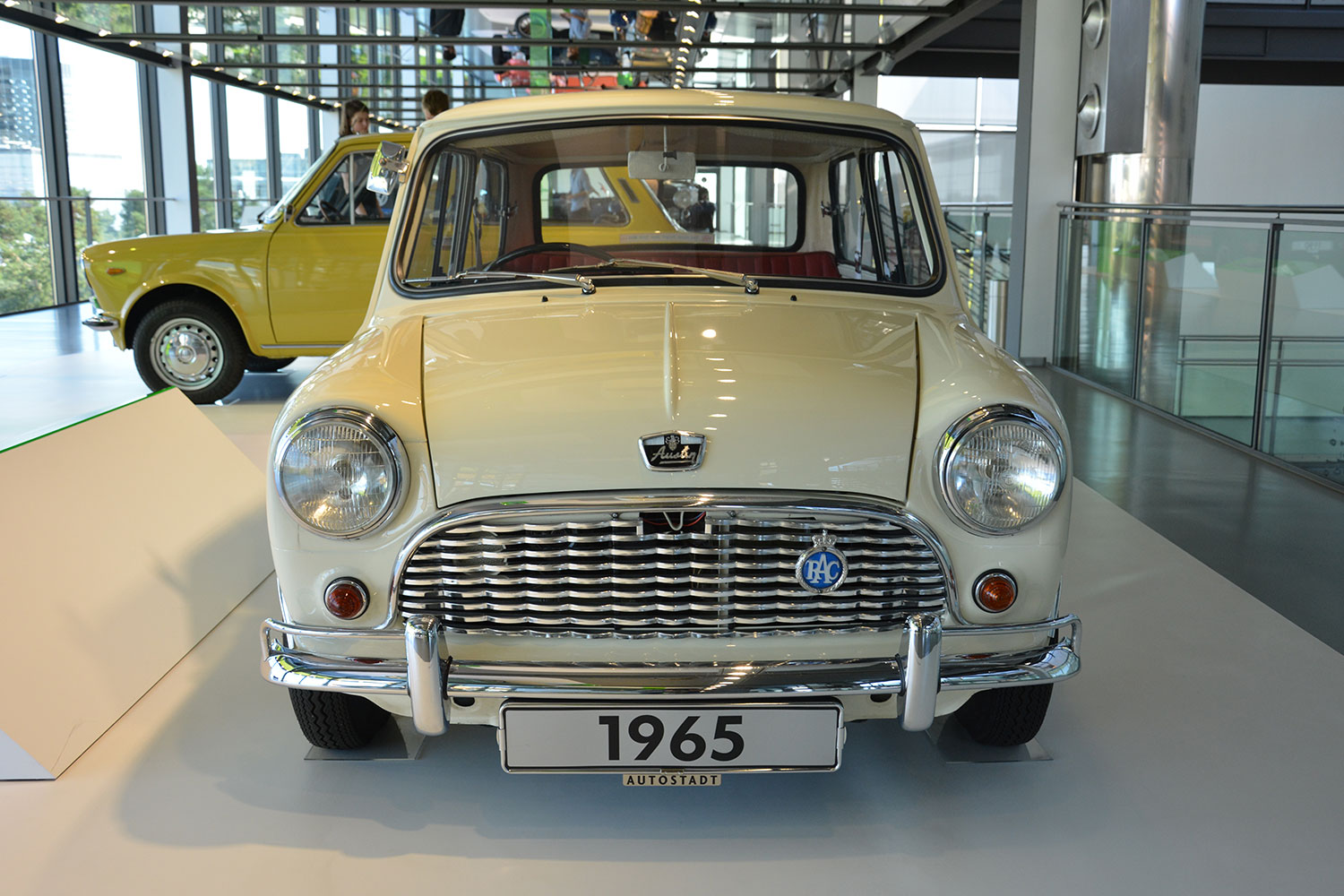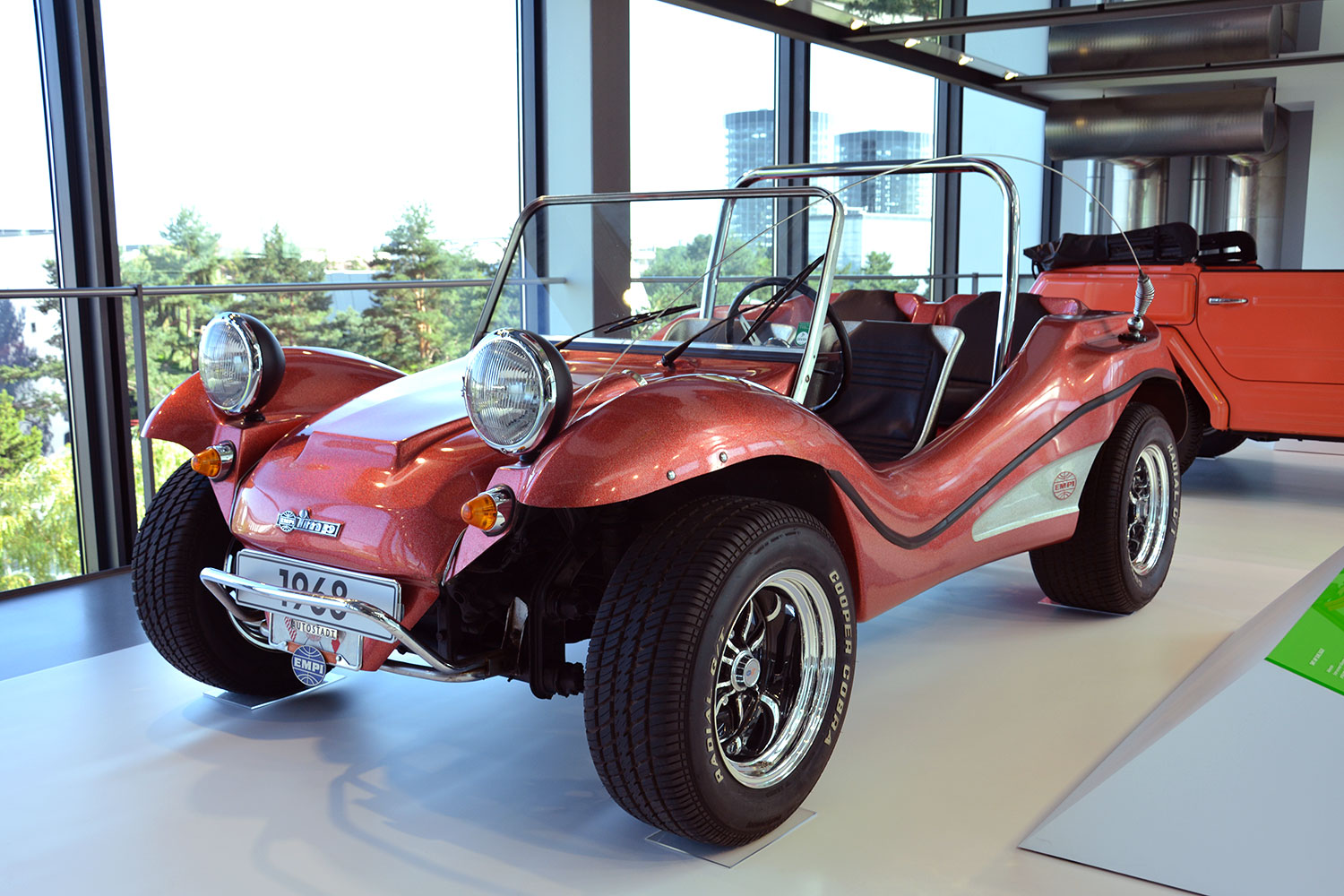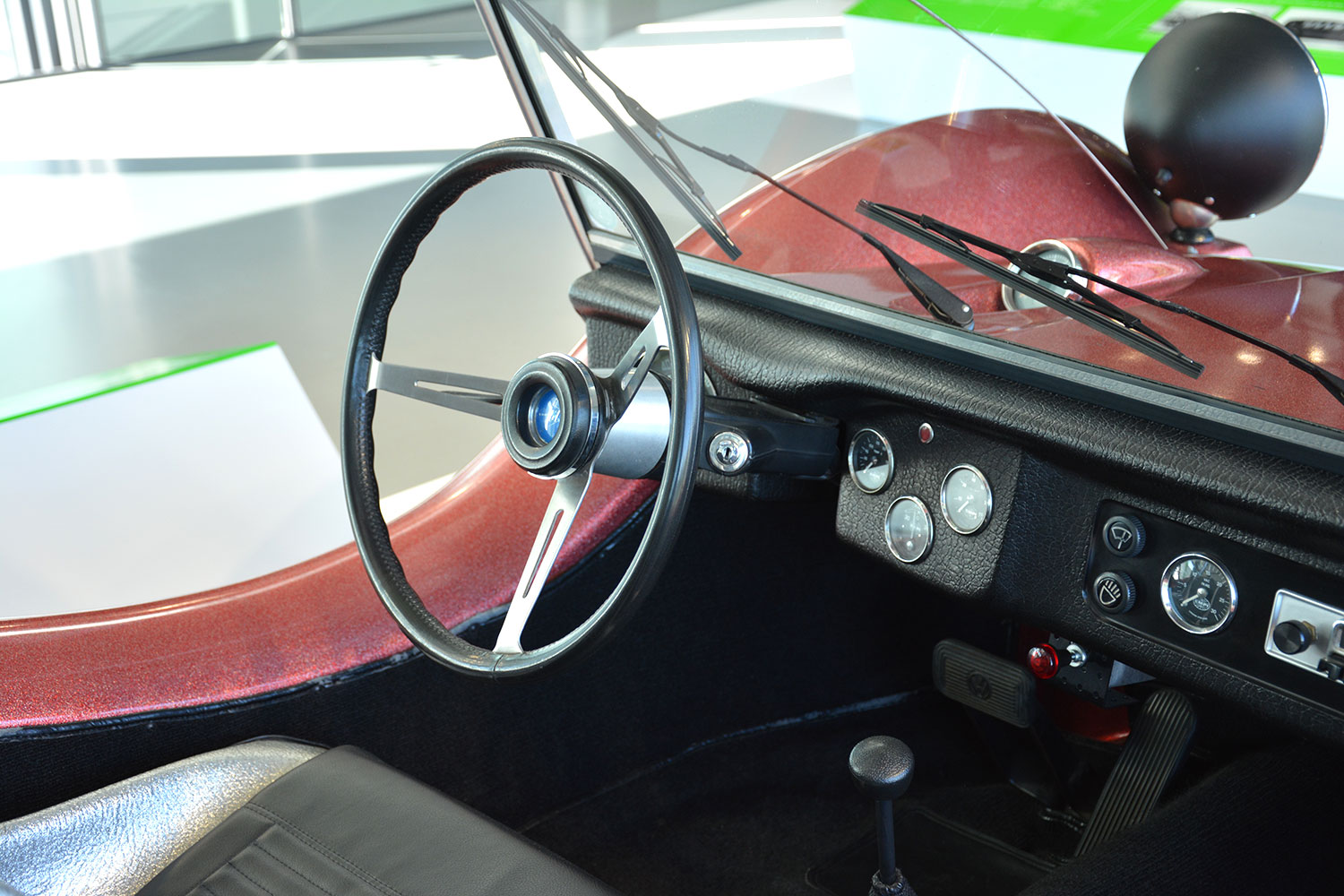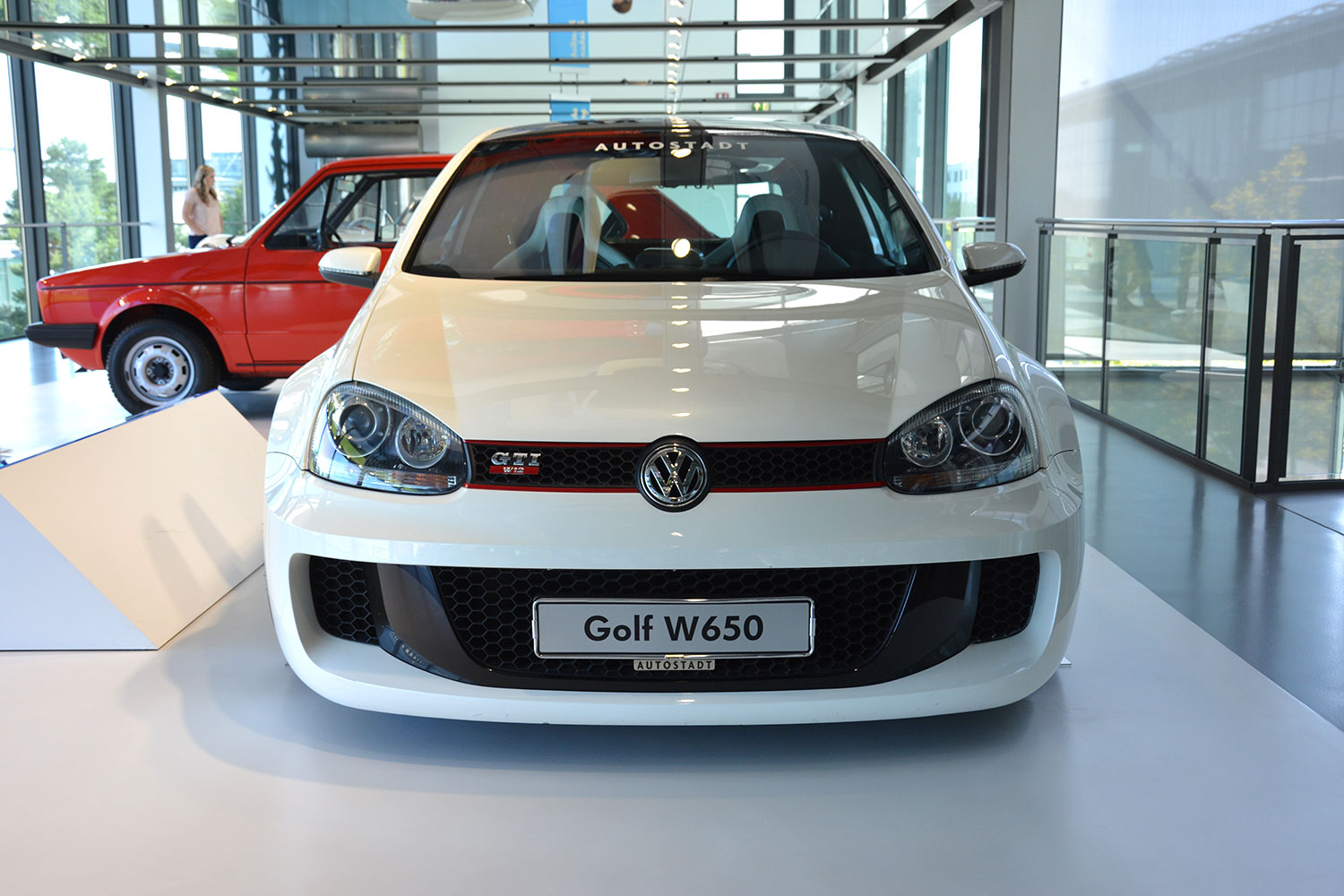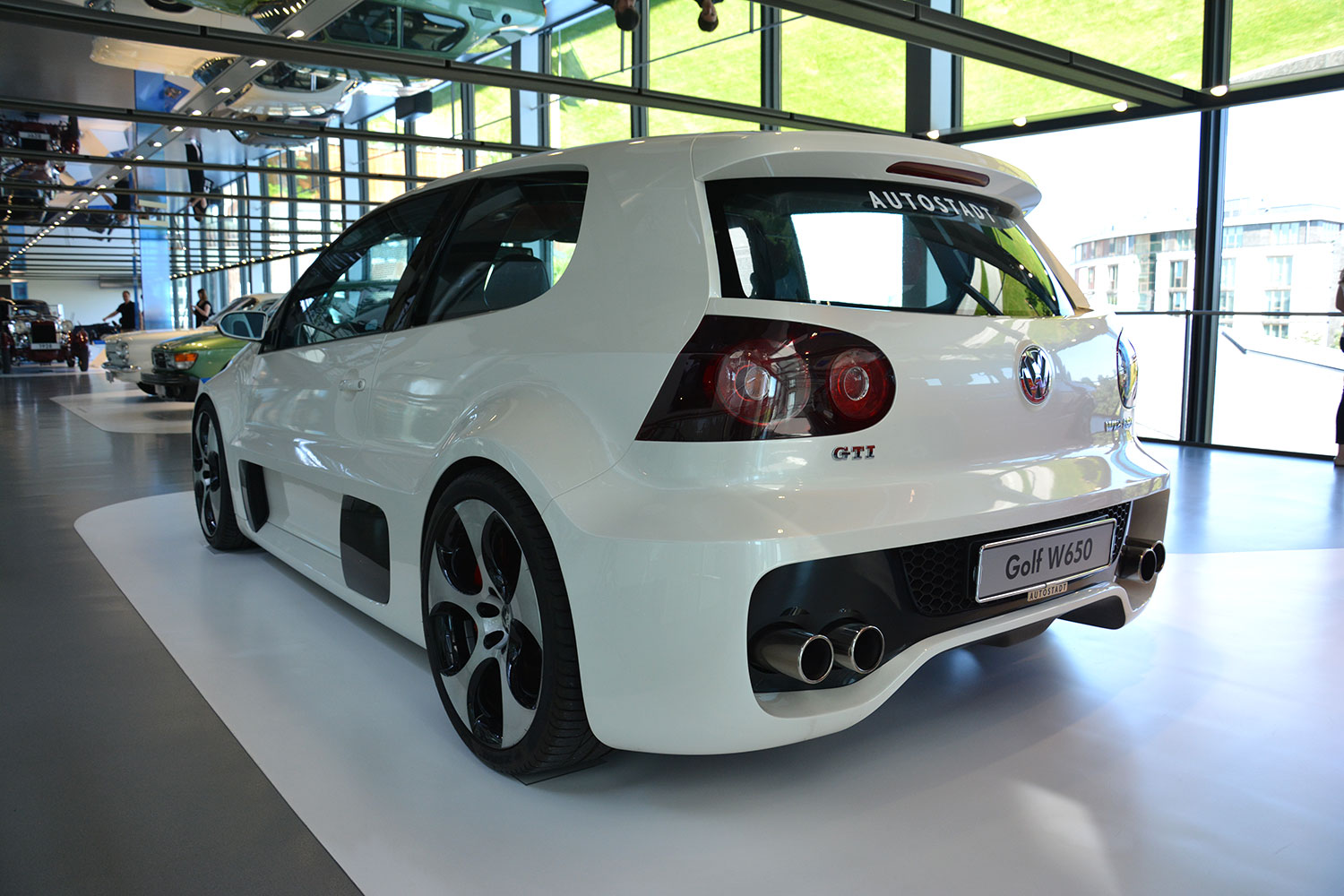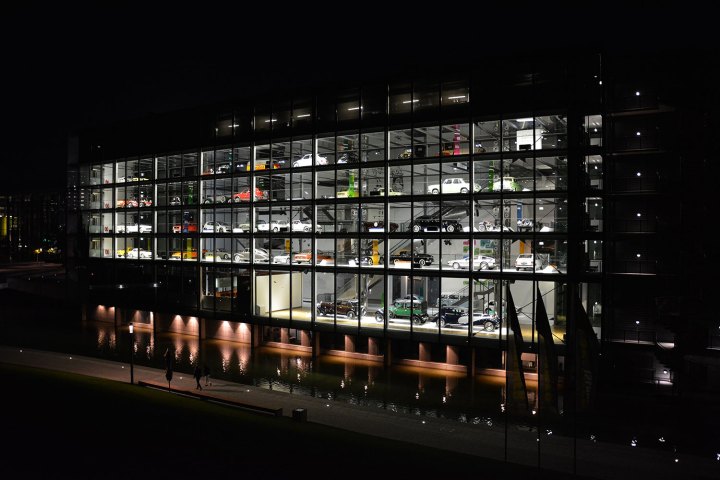
The collection is housed in a five-story building that boasts glass walls and mirror ceilings. It’s not to be mistaken with the official Volkswagen museum, which is located on the other side of the company’s home town. The ZeitHaus celebrates history, design, and technology by showcasing models that have left an indelible mark on the evolution of the automobile, regardless of whether or not they were manufactured by the Volkswagen Group.
Some of the cars on display have been painstakingly restored, while others are simply beautifully preserved. Some are one-off design studies, and others are one of a million or more. Regardless, a majority of them are fully functional and used regularly in classic car rallies and other events in Germany and abroad. There’s something for every enthusiast, whether you’re into the Cord 812 or the Autobianchi A112. Diversity is what makes the ZeitHaus the most visited automotive museum in the world.
We’ve singled out ten of the most noteworthy cars currently displayed in the ZeitHaus museum. However, note that Volkswagen’s collection includes well over 200 cars that are rotated in and out of the museum on a regular basis. In other words, if you visit Autostadt a year from now the museum might look completely different.
1886 Benz Patent-Motorwagen
Built in 1886, the Patent-Motorwagen is widely hailed as the first vehicle designed from the ground up to use an internal combustion engine. Cars built before it were simply motorized horse carriages. Inventor Karl Benz received German patent number 37435 for his creation, which explains its name.
The Motorwagen was powered by a horizontally-mounted, single-cylinder engine with a displacement of 984cc. It made a little under one horsepower at 400 rpm, enough to send the Patent-Motorwagen up to a top speed of 10 mph. While the three-wheeler remained a prototype, it’s the car that every current member of the Mercedes-Benz lineup traces its roots to. The example displayed in the ZeitHaus museum is a replica of the original, which has resided in Munich’s Deutsches Museum since 1906.
1937 Cord 812 S/C
The coffin nose Cord was an icon of American automotive design during the 1930s, but that’s not where its influence ends. It was the first series-produced model with retractable headlights, and the first car to come standard with a radio.
It was just as innovative under the skin. It featured a 4.7-liter V8 engine that used a supercharger to make 170 horsepower at 3,500 rpm. The power was transferred to the front wheels, a configuration that was practically unheard of at the time, especially for an expensive, high-end sedan. Just 134 examples of the Cord 812 S/C were built.
1938 Porsche Type 60
In 1935, Germany commissioned engineer Ferdinand Porsche to develop a people’s car capable of putting the nation on wheels. It needed to be simple, efficient, and affordable. Porsche built the first test cars in 1936, and he manufactured the first pre-production models of what would later become the Volkswagen Beetle in 1938.
These pre-production cars were called Porsche Type 60 internally. They were very close to the regular-production Beetle, right down to the split rear window and the air-cooled four-cylinder engine mounted out back.
1939 Bugatti Type 57SC Atlantic
The Bugatti Type 57SC Atlantic is one of the most desirable cars the French brand has ever made. Remarkably aerodynamic, it boasted a wing-shaped body inspired by the world of aviation, a raked windshield, and fins. The body panels were made out of aluminum and riveted together by hand.
The 57SC Atlantic was a supercar. It used a 3.3-liter eight-cylinder engine tuned to deliver 200 horsepower at 5,500 rpm thanks in part to a supercharger. It could hit a top speed of 124 mph, which was jaw-dropping in the 1930s. Back then, seeing a 57SC Atlantic blast by was just as impressive as seeing a Chiron today – and it was a lot less likely to happen, because only four examples were built.
1945 Tatra 87
Introduced in 1936, the Tatra 87 was the first car designed in a wind tunnel. It consequently featured a drag coefficient of 0.36 – to put that figure into perspective, a Ferrari Testarossa achieved the same figure in 1986.
The 87’s design was characterized by three headlights, a wrap-around windshield made up of three separate pieces of glass, and a massive fin on the back. Power came from a 3.0-liter air-cooled V8 mounted behind the passenger compartment, a configuration that lived on for decades in other Tatra models after the 87 was phased out.
1955 Citroën DS
The Citroën DS was one of the most advanced cars when it made its public debut during the 1955 edition of the Paris Auto Show. Developed to replace the Traction Avant, it stood out with a highly futuristic design, and a novel hydraulic suspension system that provided a supremely comfortable ride, even on rough roads. Citroën received over 79,000 orders for the DS by the time the Paris show closed its doors several days later.
Executives chose to name Citroën’s flagship sedan DS because the letters are pronounced “déesse” in French, a word that literally translates to goddess. The DS was given a minor facelift in 1967 that brought directional headlights, and it remained in production until 1975. It was such an influential car that it recently spawned its own brand.
1955 Volkswagen Beetle
Volkswagen’s Beetle got off to a rough start, but sales quickly picked up in Europe, in the United States, and even as far as Brazil and Australia. The Beetle became one of the auto industry’s biggest success stories in just a few short years.
The millionth Beetle was assembled in 1955. To celebrate the occasion, Volkswagen built a special, one-off Beetle with an eye-catching gold paint job and diamonds encrusted into both bumpers, both running boards, the front headlight bezel, and nearly every piece of trim. The treatment continued inside with pink upholstery.
1965 Austin 850
The original Mini wore dozens of names over the course of its long, illustrious production run. In the 1960s, the Austin 850 variant was the kind that British buyers were most likely to drive home in after visiting a dealer with a blank check in hand.
The example on display in the ZeitHaus museum is special because it’s the millionth Mini produced. It was built in February of 1965, just six years after the model first went on sale. Austin opted to celebrate the milestone in a more low-key way than Volkswagen, and the commemorative Mini is largely stock save for a metal plaque on the right front fender.
1968 EMPI Imp
The EMPI Imp wasn’t the first Volkswagen-based dune buggy; that honor goes to the Meyers Manx. However, it was the first buggy built by a supplier that was officially affiliated with Volkswagen. The Imp obtained street-legal certification in Germany, which was easier said than done, and it was produced by Karmann both as a kit and as a complete car.
Like nearly all buggies, the EMPI Imp used a lightweight composite body dropped on a Beetle pan. There were virtually no mechanical modifications to report, meaning the Imp was equipped with a Beetle-sourced air-cooled 1.5-liter flat-four engine tuned to produce 44 horsepower. Interestingly, the tachometer was integrated into the hood.
2007 Volkswagen GTI W12-650
The GTI W12-650 concept remains the fastest and most powerful Golf ever built by Volkswagen. To create it, engineers sent the rear bench back to the parts bin and replaced it with a twin-turbocharged 6.0-liter W12 engine rated at 650 horsepower (hence its name) and 553 pound-feet of torque. Bolted to a six-speed automatic transmission, the 12-cylinder sent the W12-650 from zero to 60 mph in 3.7 seconds.
The W12-650 was lighter, lower, and much wider than a standard GTI. It was well received by the press and by enthusiasts, and many believed Volkswagen management would approve it for a limited production run; crazier concepts have been brought to life before, after all. However, it ultimately remained a one-off model.
